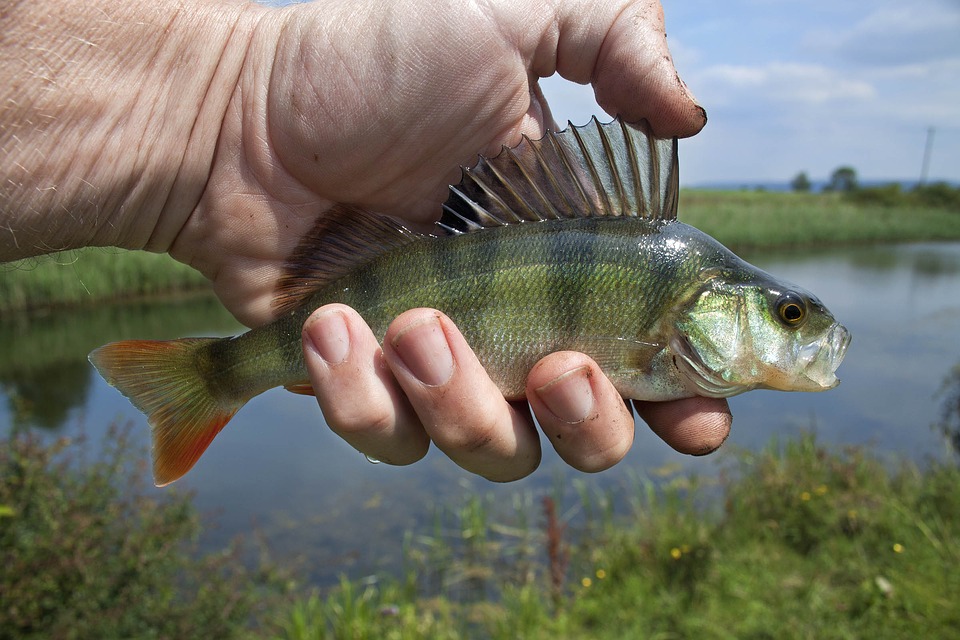If you are the type of fisher who likes big goals, then you might be interested in sturgeon fish, which are not always that easy to catch without the appropriate methods. As such, you might need to familiarize yourself with some of the tips that can guarantee you success in your fishing:

Get to the right location
Location may seem like an obvious statement, but you can be sure that some people will still go wrong when it comes to location. Sturgeon are a kind of fish that will not be where you expect them to be. They like moving to the locations where they feel comfortable, which is why you must identify these places, and charters.
See http://www.fraserriversturgeonfishing.ca/oversized-sturgeon-fishing-northwest-part-2/ for more details
The most-likely locations of sturgeon will be in the deep, and fast-moving water. As a common approach by many fishers, you will expect the large fish in deep water that is flowing a bit fast, whereas the smaller fish are most likely found in waters that are not quite fast-moving. The huge sturgeon fish will want to feed on big meals, so you expect that only sizeable currents will carry large sizes of food comfortably.
Besides, you might also need to use a fish finder, to be more accurate. Get high-quality fish finders such as Lowrance HDS series or a digital Humminbird or Furuno. Having a perfect fish finder will be a huge plus for you, and a bigger plus if you get to know how to use it. You will need to practice using the fishfinder when you are not fishing after you have carefully read the manual.
Keep the bait fresh
The bait you have on your hook can be the reason as to why you won’t catch any fish, especially when it’s not fresh. Some fishers assume that because the fish aren’t biting it, it’s still viable and will work the same way. Others may think that the bait is expensive to keep on replacing it now and then.
The truth, however, is that as you use your bait, it eventually gets old, and what you will have on your hook is almost useless. You will need to use one of the three best-known baits for sturgeon, which are, guts, blood, and slime coat.If guts are missing from your bait, then you can be sure that the attractive power of your bait is gone as well. The same case will happen to the blood after it’s depleted from the guts and gills of your bait.
The slime coat is the slimy layer that covers the scales and skin of fish, and it’s what we smell when near a fish. It’s essential in your bait, as it’s what that allows the bait to be detected easily by your target sturgeon fish. When it’s depleted, it doesn’t feel slimy anymore, so you will know that time has come for a change. In short, don’t change your bait by how it looks, but by how it smells.
Move around
When fishing sturgeon, don’t stay in your boat and think that it’s too early to give up. If you don’t have a catch by say the 45th minute or so, it’s time to go and search elsewhere. You might stay at a single place waiting for them to come by, only to get out that place empty-handed. Sturgeon are not comparable to other fish like salmon so it’s easy to see how fishing for sturgeon on the Fraser River will be challenging.
Keep the hook sharp
A sharp hook is crucial if you want to catch sturgeon easily. Many people don’t know that sturgeon need razor-sharp hooks to stick. Therefore, you need to use the best quality hooks you can afford, and check for sharpness by running the hook point across your thumbnail to see if it’s sticky sharp. If not, consider using a file on the point to sharpen it up a little bit.
Use the appropriate weight
You will need just enough weight to keep the bait steady at the bottom of the river. The weight should not be heavy such that the fish will feel some resistance when they try to pick up the bait. There are some cases when the fish will take the bait and drop it quickly, and in such situations, you need to lighten the weight a bit. This usually enables the fish to stay on the bait long enough, so that you can get a good hook set.
Leader length is critical
One thing you should note about sturgeon fish is that they are bottom feeders, and you need to keep your bait lying at the bottom part of the river so that the fish can smell and find it easily. Use the highest quality of leader material you can afford, to keep your bait lying at the required position. Compared to the glory of catching Mr. Sturgeon, you would rather get a new leader material which will guarantee you catch.
In conclusion, the above tips will go a long way in helping you achieve your goal, which is having a sturgeon catch. The only thing left is being determined to be successful, and that is entirely dependent on you. British Columbia sturgeon fishing tours are world renowned when it comes to the type of sturgeons you’d be able to find so make it a priority to head out there if you’re serious about catching yourself one.



